A star that is 5.464×10^(13) km away from Earth is about 1.77 parsecs away, which is relatively close. A…
Select :
asteroid collisionasteroidsastronomical distance scalesatomsbig bangblack holesbright lights in the skybrown dwarfcareerscelestial eventschecker cabscometsconstellationscosmic distancescosmic microwave backgroundcosmic rayscosmologydark energydark matterdwarf planeteartheclipseeclipticeducationexoplanetsexpansion of the universegalaxiesgeneral relativitygravitational lensgravity wavesGreat Red SpotHoaxesHubble Space Telescope (HST)Interferometerinterferometryinterstellar moleculesionosphereJupitermagnetarsmarsmeteorsMH370milky wayMilky Way Galaxymoleculesmoonmoonsneutron starneutron starsNibirunight skyparallaxphysicsplanetsplutoproperties of lightPtolemypulsarsquasarsradar astronomyRadio Astronomyradio frequency interferenceradio interferometersradio recombination line emissionRadio TelescopeSatellite DishSchwarzschild Radiusscientific methodsearch for extraterrestrial intelligenceSETIsolar systemspace probesspacecraftstar formationstarssunsupernovasupernova remnantssupernovaetelescopestime dilationTrans Neptunian Objectstwin paradoxunexplained celestial observationsVenusVery Large ArrayVery Long Baseline Array (VLBA)Voyager 1weather
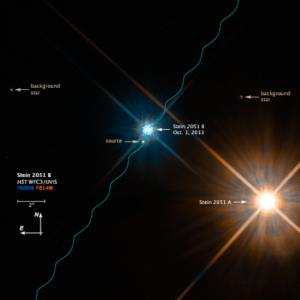
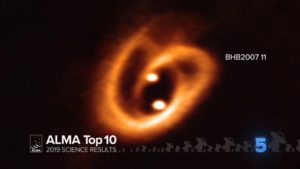
Can One Star Orbit Another Star?
Yes. These are called binary stars. Depending upon the relative mass of the stars, one could have a situation…
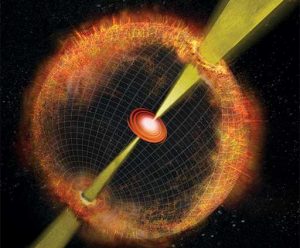
Are Electron Capture Supernovae Similar to Type IIp (Core Collapse) Supernovae?
The following is extracted from the introductory information on electron-capture supernovae (ECSNe) provided in Jones etal. (2016). ECSNe are…
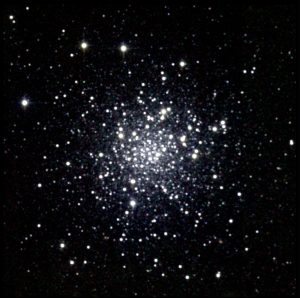
Intensity of Starlight on a Planet in a Globular Cluster
The stars in a globular cluster are on average about 1 light year apart, and can be as close…
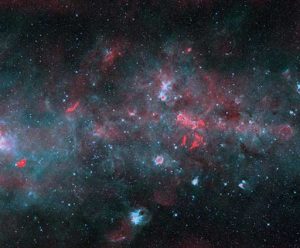
What Percent of the Visible Objects Seen in the Night Sky with the Unaided Eye are Beyond our Galaxy and Solar System?
Since the unaided eye is really only sensitive to a small fraction of the stars in our Galaxy (about…
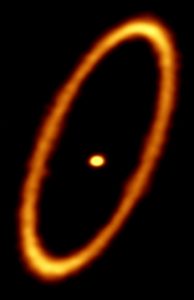
When Is Fomalhaut Visible from New Orleans Louisiana?
In fact, Fomalhaut is visible at some point every day from New Orleans, with the exact times of visibility…





